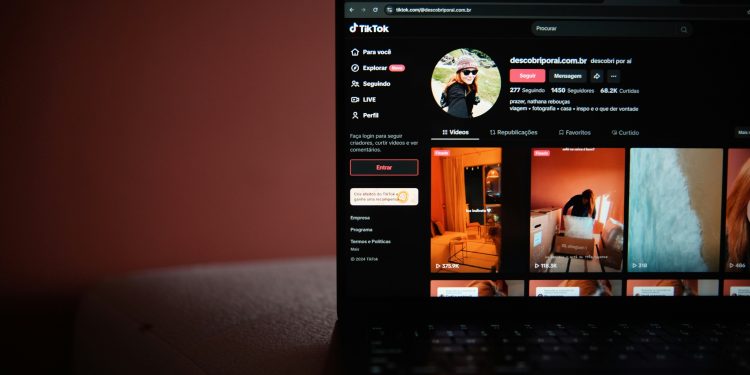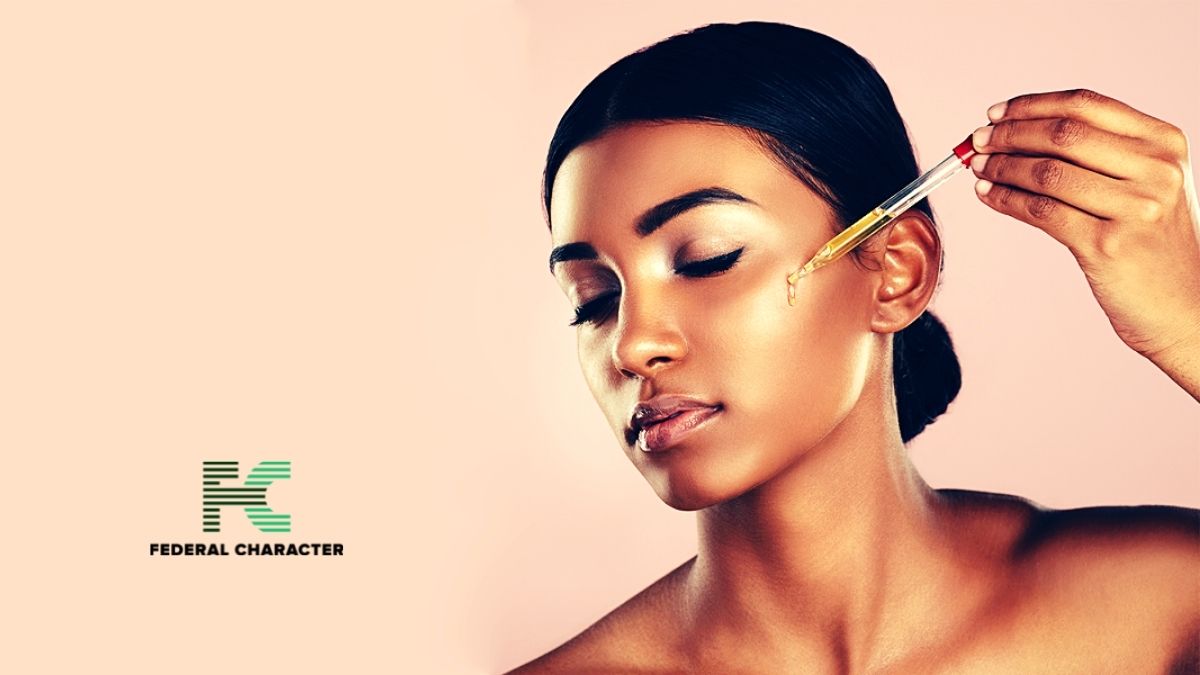In today’s digital world, the most compelling brand stories aren’t necessarily only told by creative directors; they’re filmed in the comfort of our bedrooms, shared on social media feeds, and powered by a surprising but profound shift in trust. The new luxury on social media is authenticity, and its currency is User-Generated Content.
The recent denim clash between Gap‘s energetic KATSEYE campaign and American Eagle‘s more controversial approach shows a broader industry lesson: consumers don’t just want to be sold to; they want to be seen, heard, and represented. This desire for authenticity has propelled UGC from a peripheral marketing tactic to the very heart of brand discovery and conversion strategies.
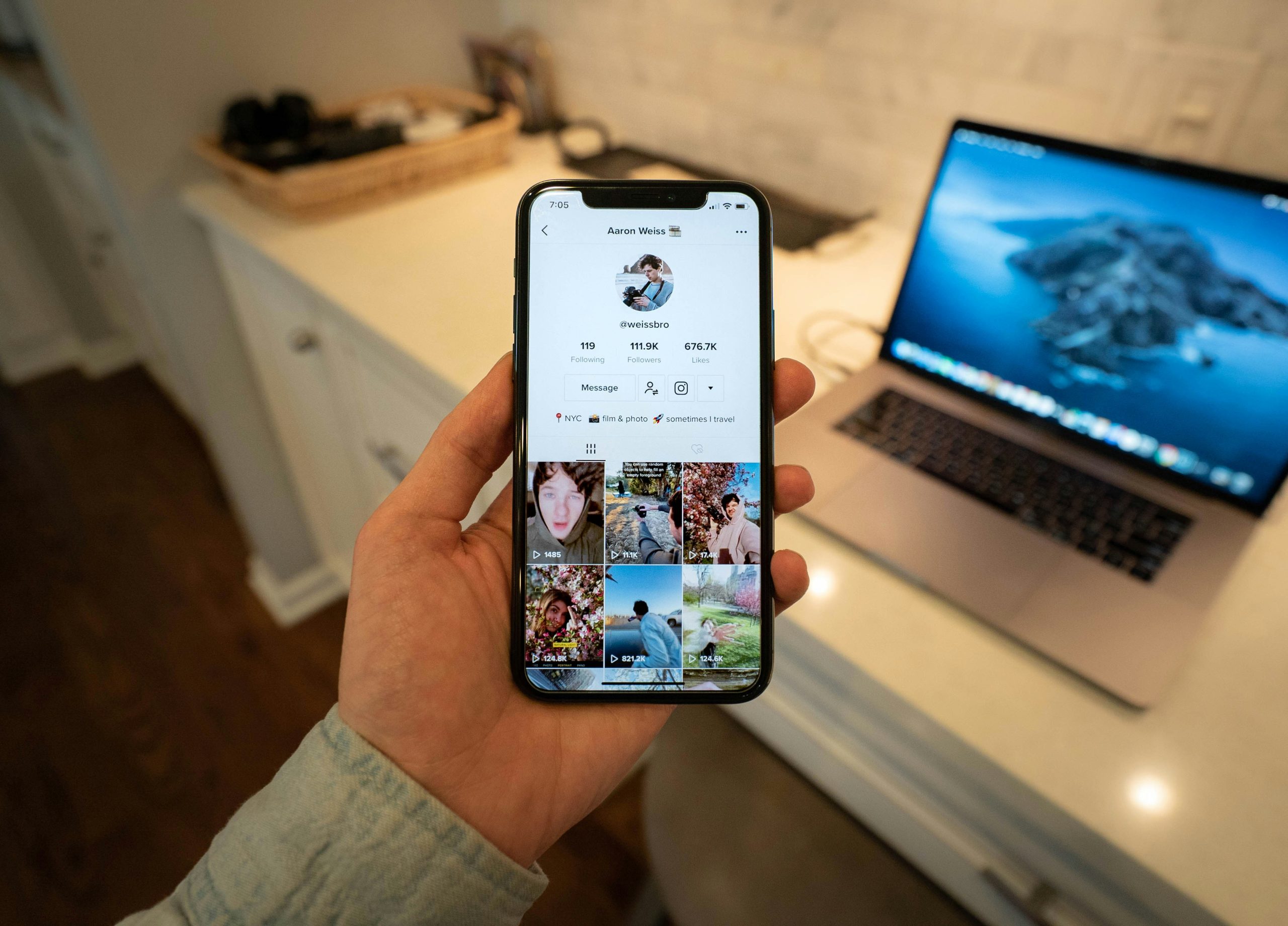
Why Polished Ads No Longer Convert
According to studies, the modern consumer (particularly Gen Z and millennials), is skeptical of traditional advertising. They’ve grown up in a world of filters, facades and influencers living double lives, making them experts at spotting and effectively dismissing inauthenticity.
The study further revealed that 84% of consumers trust UGC more than any form of brand-created content. Furthermore, a staggering 85% report that visual UGC from peers is the most influential factor in their purchasing decisions. What this essentially means is that nowadays, a relatable video from a fellow shopper has become the ultimate seal of approval, far outweighing a glossy celebrity endorsement.
TikTok’s Influence as the Engine of Organic Discovery
While user-generated content flourishes across social media, TikTok has uniquely mastered its ecosystem, establishing itself as the undisputed leader in organic, community-driven discovery. Its power lies in a sophisticated algorithm engineered to prioritize authenticity, consistently surfacing content from everyday creators alongside established influencers.
The platform’s performance metrics are also compelling. The beauty and cosmetics sector, for example, sees an average engagement rate of 5.2% on TikTok—almost double that of Instagram. This signifies a move beyond passive consumption to active participation. The platform’s native features—like Duets, Stitches, and hashtag challenges—are designed not merely to encourage interaction but to necessitate it, thereby helping to foster a dynamic culture of co-creation.
This environment has fundamentally reshaped the consumer journey, seamlessly merging inspiration with transaction. The integration of TikTok Shop also transformed the app into a self-contained commerce hub, effectively shortening the path from seeing a product to owning it. This isn’t a niche behavior as surveys indicate that 37% of U.S. adults under 60 have already made a purchase directly on the platform, with beauty and personal care products consistently ranking as top categories.
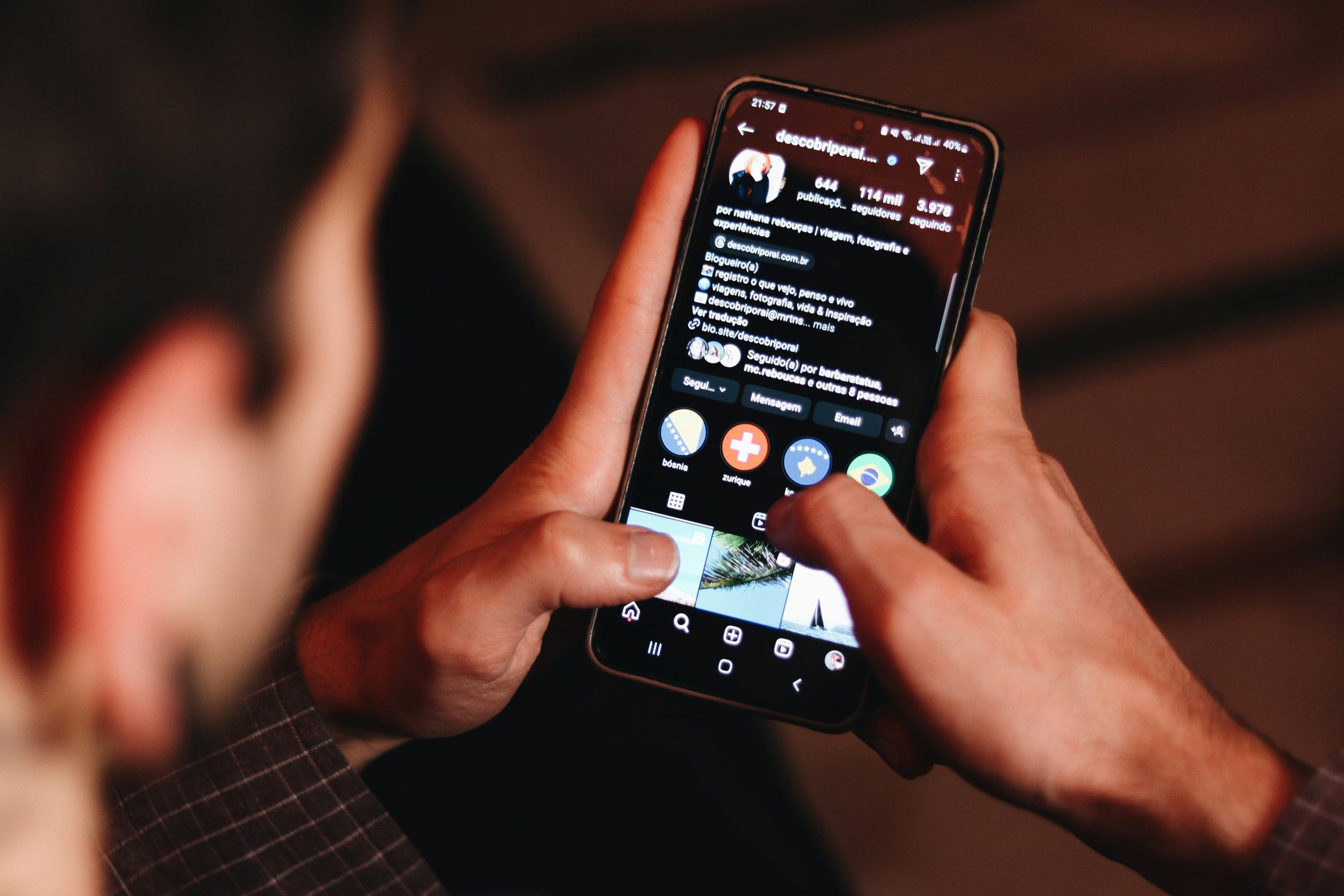
How to Harness the Power of UGC: A Strategic Blueprint
For brands ready to move beyond the campaign, integrating UGC requires an important shift in strategy.
Here’s an example below:
- Cultivate, Don’t Just Collect: Launch branded hashtags, run contests, and actively encourage content creation. Make it easy and rewarding for your community to create for you.
- Partner with Nano-Influencers: Shift budget from mega-influencers to nano and micro-creators. Their higher engagement rates and perceived trustworthiness with niche audiences generate a higher ROI on authentic sentiment.
- Integrate Across the Journey: UGC shouldn’t live only on social feeds.
- On Product Pages: Display customer photos and videos to provide social proof at the important point of purchase.
- In Paid Advertising: You can use UGC to retarget ads.
- On Your Website: Create dynamic, shoppable galleries of user photos to keep your digital storefront fresh and authentic.
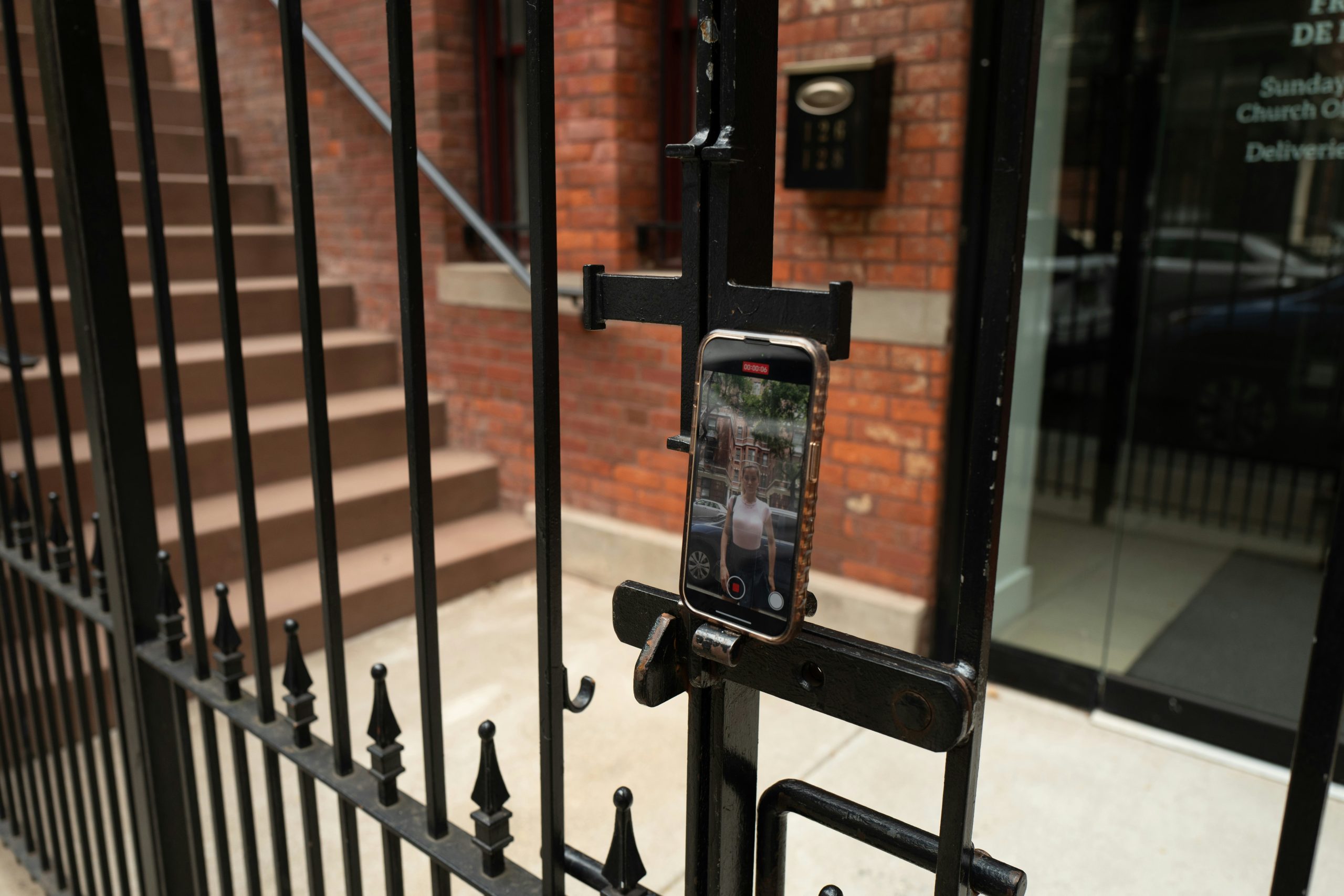
The Future of UGC
The next frontier of UGC is powered by AI. Platforms now use artificial intelligence to automatically moderate content, analyze sentiment, and—most importantly—curate and personalize the UGC experience for each individual shopper. Imagine a website where a customer sees a gallery of reviews and photos from people with their exact skin tone, body type, or style preferences. This hyper-personalization, driven by the authentic content of peers, is the final piece of the puzzle.

